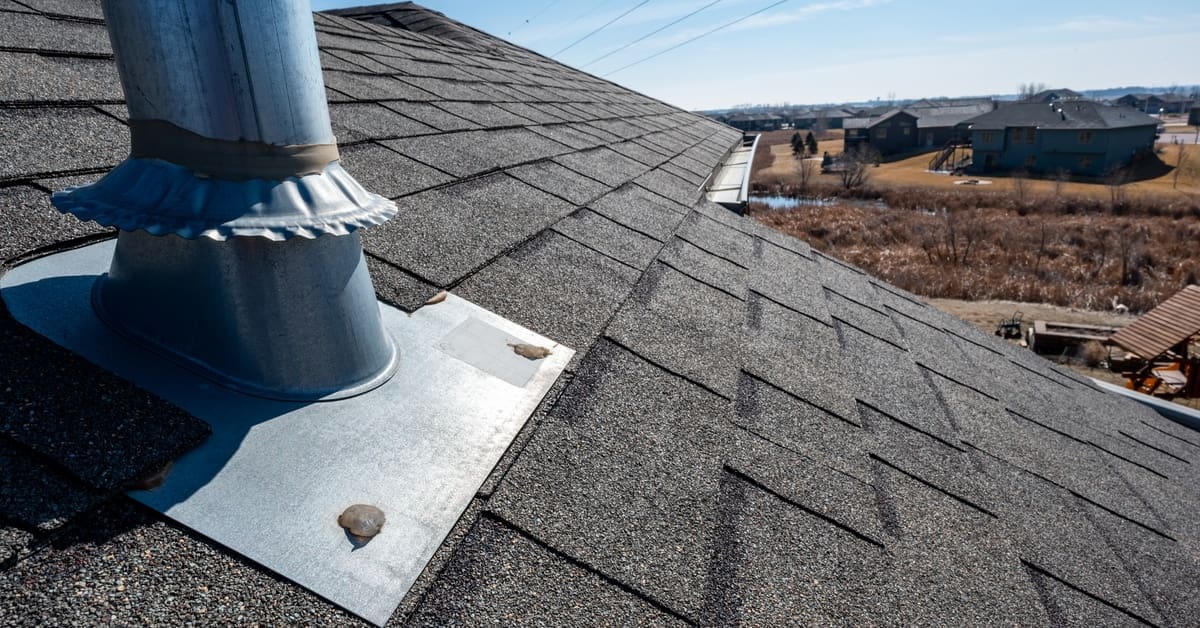Understanding the advantages and disadvantages of different siding materials can significantly influence your home’s look, maintenance, and value. Explore the different types of residential siding materials in this guide to help you make the best decision for your home.
1. Vinyl Siding
Vinyl siding is one of the most popular options for its affordability, versatility, and ease of maintenance. It comes in a wide range of colors and can mimic the look of wood or stone. However, note that vinyl does not fare well against extreme temperatures and may not have the longevity of other materials. Still, it’s worth considering this material if you’re on a budget and looking for a quick, effective upgrade.
2. Wood Siding
Wood siding offers a traditional and warm aesthetic. You can stain or paint it in various shades, and it has great insulation properties. However, it requires more maintenance than other materials, including regular painting, staining, or sealing, to protect it from the weather and pests. Wood siding is ideal for homeowners who appreciate its charming look and are willing to spend more time and money on maintenance.
3. Fiber Cement Siding
Made from a mix of cement, sand, and wood fibers, fiber cement siding can mimic the look of wood without its inherent vulnerabilities. It is resistant to fire, insects, and rot and typically has a substantial warranty, depending on your installer. We recommend leaving the installation to professionals due to fiber cement’s weight and special cutting and reinforcement requirements.
4. Metal Siding
Metal siding, often made from aluminum or steel, offers remarkable durability and little maintenance. It’s also fireproof and recyclable. However, the upfront material and installation costs can be quite high, and some homeowners may not appreciate the industrial look that metal brings to a residential property.
5. Brick Siding
Brick has stood the test of time as one of the most durable and low-maintenance siding materials. With a classic, stately look, it adds significant aesthetic value to any home. Keep in mind that brick is quite expensive and heavy, so it may require high installation costs and additional structural support.
Installation and Maintenance Tips
After choosing a siding material, the next step is installation. Work with experienced professionals who understand the requirements for installing the siding material you select. Well-installed siding can prevent water infiltration and damage to your home’s structure. Additionally, regular maintenance and inspections will help you extend the life of your home’s new siding and curb appeal. A-Rite offers experienced home siding insulation for residential properties. When you work with us, you’ll be glad you did!
Final Thoughts
Your home’s siding is a long-term investment in its beauty and safety. Use this residential siding material guide to help you choose the best option for your home. By understanding the advantages of each option, you can enhance your home’s charm and resilience.



